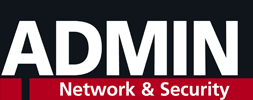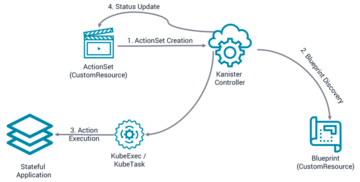
Lead Image © Sebastian Duda, 123RF.com
Safeguard your Kubernetes setup with Kanister
Blueprint for Success
Kanister, developed by Kasten and acquired by Veeam, has defined a number of objectives for its data management tool [1]. The focus is on application-centric backup, which, in concrete terms, means the target group is primarily users of specialist applications and not just those who deal with system-related infrastructure. The developers opted for an API-based approach to programming: All addressable tasks are abstracted by a well-defined API, which is also very easy to extend.
ActionSets and Blueprints
Like many other Kubernetes products, Kanister's implementation is based on the operator principle, which made it easy for Veeam to package, deploy, and manage Kanister, providing a range of Kubernetes resource definitions. In total, Kanister comprises three main components: one controller and two custom resources – ActionSets and Blueprints. The workflow is shown in Figure 1:
- First, an ActionSet is created. An ActionSet, which like most manifests is declarative, describes a set of
actionsto be executed on Kubernetes resources at runtime. Each action
Buy this article as PDF
(incl. VAT)
Buy ADMIN Magazine
Subscribe to our ADMIN Newsletters
Subscribe to our Linux Newsletters
Find Linux and Open Source Jobs
Most Popular
Support Our Work
ADMIN content is made possible with support from readers like you. Please consider contributing when you've found an article to be beneficial.








